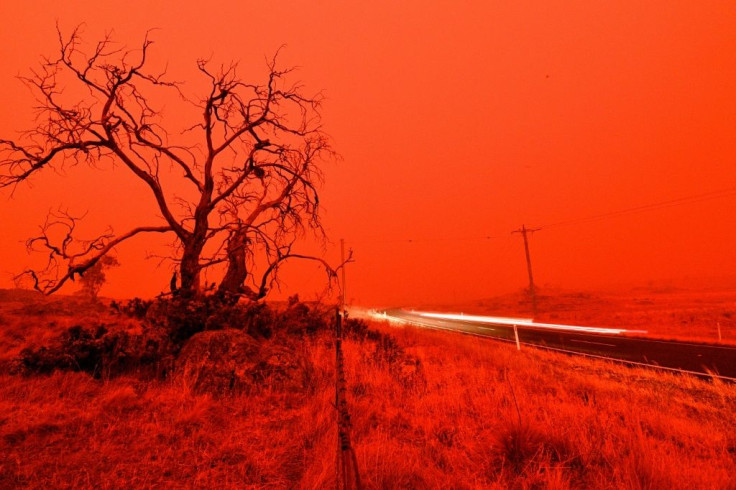Endangered Pink Slug Feared Lost To Australian Fires Found Alive

KEY POINTS
- Mount Kaputar is home to nine endemic slug species including pink Mount Kaputar slugs
- Unfortunately, Mount Kaputar was affected by the recent Australian bushfires
- Rangers recently found 60 Mount Kaputar slugs that survived the fire
- According to experts, it could take years for Mount Kaputar's snails and slugs to recover
There were fears about the state of pink Mount Kaputar slugs after the recent Australian bushfires tore through their only habitat. However, the New South Wales (NSW) National Parks and Wildlife Service, recently, shared the good news that about 60 of the slugs were found by rangers after recent rainfall.
“They may not be as cute as koalas or wallabies, but this species also plays an important role in its ecosystem,” NSW National Parks and Wildlife Service wrote on its post. In fact, snails and slugs are significant food sources for many birds and mammals.
See posts, photos and more on Facebook.
Evidently, the creatures survived the bushfires that ravaged through their habitat possibly by hiding in rock crevices. Unfortunately, despite the survivors, it is estimated that about 90 percent of the slug population likely perished in the fires. What's more, most of their food resources such as moss and fungi were also burned.
As such, Frank Köhler of the Australian Museum told The Guardian that it may take Mount Kaputar slugs five years to recover, but that the snails could take about 20 years to bounce back because they produce fewer offspring.
Mount Kaputar Slugs
Of the 24 native land snail species, the Mount Kaputar slug is just one of nine species that can only be found on the summit of the extinct volcano. Apart from their distinctive bright pink color, they are also known for being massive in size. In fact, they can even grow up to 20 centimeters in length.
Typically, they hide under debris, leaves, and loose rocks during dry seasons. But, they climb up trees up to six storeys high on rainy nights to feed on fungi and algae.
Unfortunately, Mount Kaputar slugs were already threatened with extinction even before the fires due to the effects of human-caused climate change. Because they already live in the highest parts of their only habitat, there will be nowhere else for them to go as the temperatures continue to warm. Further, land clearing as well as grazing pigs that tend to eat them and damage their habitats are also threats to the species.
Mount Kaputar slugs were declared endangered in 2014 but, even then, the exact species population was unknown. Unfortunately, the recent bushfires significantly affected the entire snail and slug population on Mount Kaputar, and only time will tell how its snail community will recover from this devastating setback.
© Copyright IBTimes 2025. All rights reserved.






















